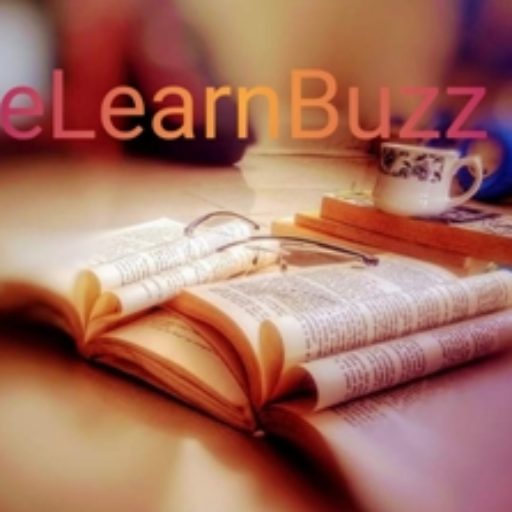Indian Polity MCQ Exercise in Hindi for UPSC and UPPSC
इस पोस्ट Indian Polity MCQ Exercise in Hindi for UPSC and UPPSC में भारतीय राजव्यवस्था से संबन्धित 30 अभ्यास प्रश्न दिये गए हैं। यह Indian Polity Hindi MCQ UPSC, UPPSC एवं दूसरे राज्यों के PSC Exams की तैयारी करने वाले लोगों के लिए उपयोगी हैं। प्रश्नों के उत्तर पोस्ट के अंत में दिये गए हैं।…
